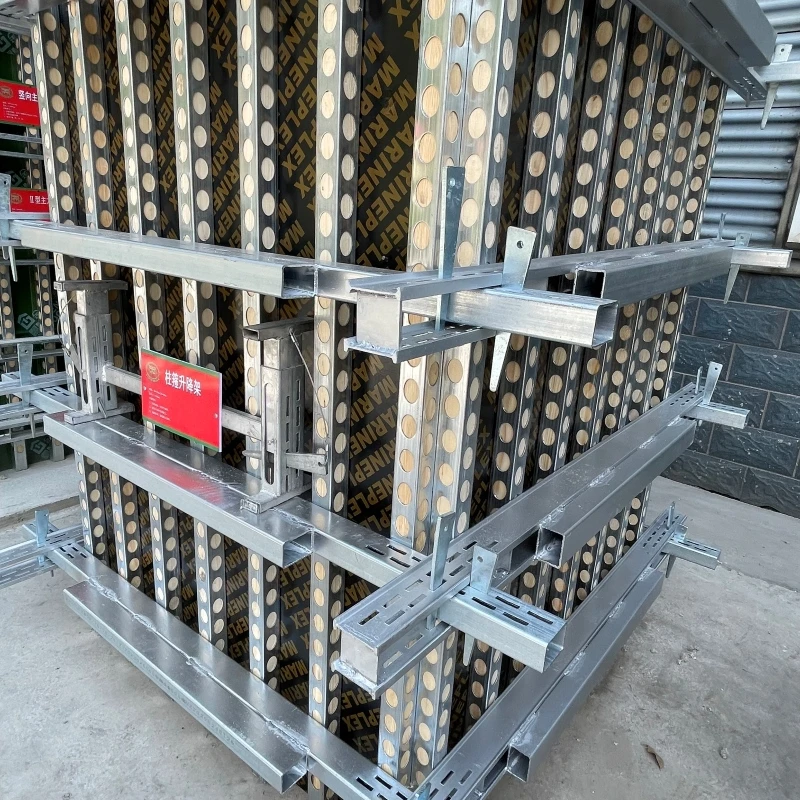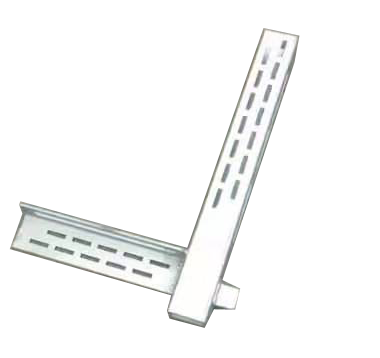
2 月 . 11, 2025 17:46
Back to list
access scaffolding
Access scaffolding has become an essential tool in various industries, providing the necessary support for both construction projects and maintenance work. With years of hands-on experience, industry expertise, authoritative knowledge, and trust in high-quality standards, understanding access scaffolding's nuances is crucial for successful implementation.
Anecdotal evidence from industry experts underscores the importance of including safety measures such as guardrails, toeboards, and access ladders in scaffolding setups. These features not only enhance safety but ensure compliance with regulatory standards. Moreover, expert training for workers on proper scaffolding use is indispensable, emphasizing practical knowledge and safety protocols. An authoritative approach to choosing a scaffolding service provider involves evaluating the company’s compliance with safety regulations, the quality of their materials, and the technical support they offer. Companies with a longstanding reputation, client testimonials, and a commitment to safety are often the most trustworthy. Real-world experiences highlight the varied applications and benefits of access scaffolding. For instance, in a historical building restoration, customized scaffolding solutions facilitated the delicate restoration process without damaging the structure. Similarly, in the energy sector, specially designed scaffolds enabled technicians to safely reach difficult parts of wind turbines for maintenance. Finally, in a market where every business claims superiority, establishing credibility is essential. This comes from transparency, thorough knowledge, and consistent delivery of high-quality products and services. Innovative solutions like advanced scaffold engineering, incorporating digital technologies for monitoring and adapting scaffold structures, represent the future of access scaffolding, leading to increased efficiency and safety on worksites. In summary, understanding the strategic importance and proper use of access scaffolding is a testament to expertise in the field. Providing a reliable, safe, and efficient solution necessitates an authoritative stance, based on proven methods and continuous learning. Access scaffolding not only supports structural tasks but stands as a pillar of trust and professionalism in various industries worldwide.


Anecdotal evidence from industry experts underscores the importance of including safety measures such as guardrails, toeboards, and access ladders in scaffolding setups. These features not only enhance safety but ensure compliance with regulatory standards. Moreover, expert training for workers on proper scaffolding use is indispensable, emphasizing practical knowledge and safety protocols. An authoritative approach to choosing a scaffolding service provider involves evaluating the company’s compliance with safety regulations, the quality of their materials, and the technical support they offer. Companies with a longstanding reputation, client testimonials, and a commitment to safety are often the most trustworthy. Real-world experiences highlight the varied applications and benefits of access scaffolding. For instance, in a historical building restoration, customized scaffolding solutions facilitated the delicate restoration process without damaging the structure. Similarly, in the energy sector, specially designed scaffolds enabled technicians to safely reach difficult parts of wind turbines for maintenance. Finally, in a market where every business claims superiority, establishing credibility is essential. This comes from transparency, thorough knowledge, and consistent delivery of high-quality products and services. Innovative solutions like advanced scaffold engineering, incorporating digital technologies for monitoring and adapting scaffold structures, represent the future of access scaffolding, leading to increased efficiency and safety on worksites. In summary, understanding the strategic importance and proper use of access scaffolding is a testament to expertise in the field. Providing a reliable, safe, and efficient solution necessitates an authoritative stance, based on proven methods and continuous learning. Access scaffolding not only supports structural tasks but stands as a pillar of trust and professionalism in various industries worldwide.
Share
Next:
Latest news
-
The Essential Role of Timber and Steel in Modern ConstructionNewsMar.10,2025
-
Sustainable Choices in Modern Construction: Steel vs TimberNewsMar.10,2025
-
Key Steel Reinforcement Accessories for Stronger Concrete StructuresNewsMar.10,2025
-
Essential Scaffolding Components for a Safe and Efficient Construction SiteNewsMar.10,2025
-
Comprehensive Guide to Scaffolding ComponentsNewsMar.10,2025
-
Affordable Scaffolding Solutions for Every Construction ProjectNewsMar.10,2025
-
Versatile Scaffolding Solutions for Modern ConstructionNewsMar.03,2025
Related Products










